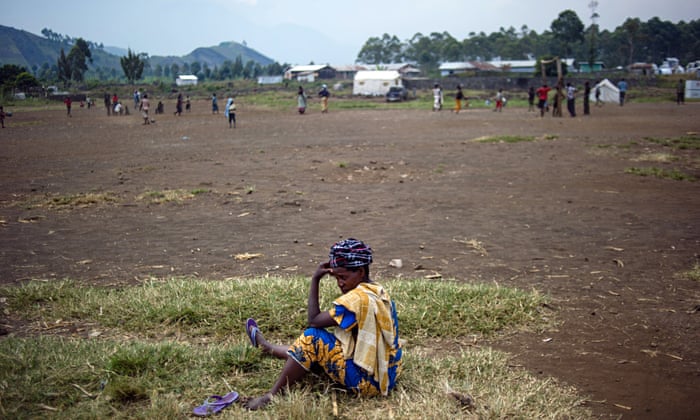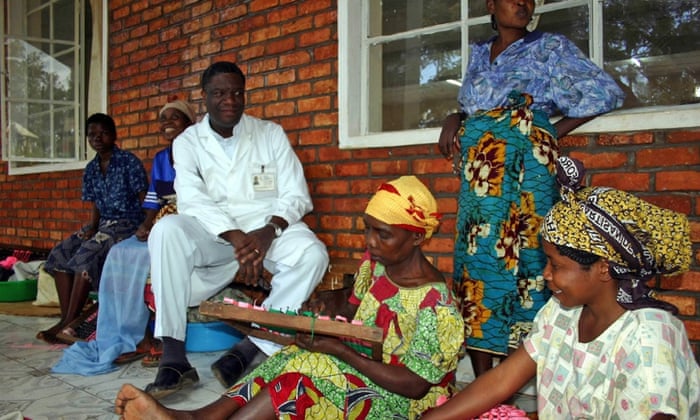
“This picture was posted by the police on their Facebook page, where they bragged about their “successful” work. They say: “We don’t go into favelas to die. We go in there to kill.””
The foundational understanding of basic education in developing countries is that children are entitled to free basic education. The idea of Universal Primary Education, UPE, introduced as an agreement by world leaders at the United Nations was supposed to offer free basic education to all children everywhere in the world. That basic education is something they neither have nor know what it means for their future development, and probably never will till they die. This is a fact of life for street children. They live and die in the streets!
According to UNESCO, United Nations Educational Scientific and Cultural Organization, “many destitute children are forced to eke out a living on the streets, scavenging, begging, hawking in the slums and polluted cities of the developing world “. That statement is partially true – while they may not beg in the streets of developed countries, and while the western press may refer to them as ‘homeless” children instead of “street children”, the real truth is that these children are not found only in developing countries. They are everywhere – from the slums of Chicago 
to the streets of Kinshasa ; from Guatemala to China , where more than 60 million children are left behind in rural areas while their parents try to eke out a living working hundreds of miles away from home. Poverty is usually the main cause but not the only cause for the tragedy which afflicts these children. In one such case four children living under unbearable conditions 
left a suicide note for their parents in a village in south China before ingesting insecticide because they could no longer care for themselves. While government reaction in this case was not reported, Chinese authorities reacted to the death of five street kids who died trying to warm themselves by burning charcoal in a rubbish bin which sheltered them.
Family abuse also causes many children to run away from home or be thrown out by parents and relatives. In Kinshasa there is terrible overcrowding in the ramshackle homes where they once lived, causing some parents to throw children into the streets.  For the more than 150 million street children the world is a perpetual conflict zone – they are destitute, scavenge for food, steal, are sexually abused, hungry, tormented, despised, ill treated, cheated if hired, buffeted by wind, snow, sun and rain; and they have no protection from parents or governments, which every child deserves. Many societies treat these children as outcasts and some actually eliminate them. In Recife, a tourist city in Brazil, which draws a million foreign tourists from Europe every year, an electronic sign keeps the daily toll of murders in the city. Most of these murders are committed by the police who in some cases are paid by death squads, business people and property owners to eliminate street children. The New York Times reported that “extermination groups” cruise the banking districts of Rio shooting street children at night; and just last year the United Nations accused Brazilian police of cleaning the streets of Rio de Janeiro to prepare for the 2016 Olympics by killing street children. While Brazilian authorities continue to defend the police and deny the undeniable, a UN study and Public Security Reports had recorded an increase in homicides. UNICEF found that 28 young people were killed every day in Brazil.
For the more than 150 million street children the world is a perpetual conflict zone – they are destitute, scavenge for food, steal, are sexually abused, hungry, tormented, despised, ill treated, cheated if hired, buffeted by wind, snow, sun and rain; and they have no protection from parents or governments, which every child deserves. Many societies treat these children as outcasts and some actually eliminate them. In Recife, a tourist city in Brazil, which draws a million foreign tourists from Europe every year, an electronic sign keeps the daily toll of murders in the city. Most of these murders are committed by the police who in some cases are paid by death squads, business people and property owners to eliminate street children. The New York Times reported that “extermination groups” cruise the banking districts of Rio shooting street children at night; and just last year the United Nations accused Brazilian police of cleaning the streets of Rio de Janeiro to prepare for the 2016 Olympics by killing street children. While Brazilian authorities continue to defend the police and deny the undeniable, a UN study and Public Security Reports had recorded an increase in homicides. UNICEF found that 28 young people were killed every day in Brazil.
Despite the fact that child rights are explicit in the human rights agenda, street children have remained excluded from policy priorities and planning. Due to such exclusion the inauguration of the International Day for Street Children, April 12, every year, becomes an important organ for giving street children a voice. Governments the world over have not taken the problems of street children as seriously as the plight of these children deserve. But for the untiring efforts of the Consortium For Street Children, CSC, no one seemed to care about street children’s plight, let alone address their basic needs for food and shelter. Education is still a very strange concept for these children. Hopefully the International Day for Street Children will bring more awareness and engender sympathy from world citizens for these children. It is therefore well worth it to delve into the history of the International Day for Street Children.
Advocacy for street children at the United Nations and before governments the world over, has been primarily carried out by the Consortium For Street Children, CSC, a network of 37 UK non-governmental organizations. It was the CSC which inaugurated the International Day for Street Children in 2011 and has been canvassing for the United Nations to adopt the day. Supporting the work of the CSC and helping convince the United Nations to adopt International Day for Street Children will help tremendously in alleviating the sufferings of street children.
References:
Brooke, J (1993). The New York Times July 24, 1993. Retrieved from http://www.nytimes.com/1993/07/24/world/gunmen-said-to-be-police-kill-7-street-children-in-rio.html
Consortium For Street Children, CSC. Retrieved from http://streetchildren.org/our-work/
CYBERWARZONE. Retrieved from http://cyberwarzone.com/street-kids-murdered-clean-brazil-ahead-world-cup/
Daily Mail, March 21, 2012. Retrieved from http://www.dailymail.co.uk/news/article-2117997/Making-invisible-visible-Haunting-pictures-Americas-vulnerable-people-shot-photojournalists-poverty.html.
The Independent. Retrieved from http://www.independent.co.uk/news/world/americas/death-to-undesirables-brazils-murder-capital-1685214.html
Reuters. World News Sunday March 13, 2016 Retrieved from http://www.reuters.com/article/us-congodemocratic-streetchildren-idUSKCN0WF096
Telesur. Retrieved from http://www.telesurtv.net/english/news/UN-Brazils-Police-Kill-Kids-to-Clean-Streets-for-Olympics-20151013-0044.html
The Guardian. Retrieved from https://www.theguardian.com/global-development/poverty-matters/2011/apr/12/international-day-street-children-matters
The Guardian. Retrieved from https://www.theguardian.com/world/2012/nov/19/children-die-bins-china
The Telegraph. Retrieved from http://www.telegraph.co.uk/news/worldnews/asia/china/11824563/The-story-of-Chinas-left-behind-children.html
UNESCO. Retrieved from http://www.unesco.org/new/en/social-and-human-sciences/themes/fight-against-discrimination/education-of-children-in-need/street-children/
University of Wolverhampton Academic Blog. Retrieved http://www.wlv.ac.uk/about-us/news-and-events/academic-blog/2014/april/12-april-2014-international-day-for-street-children/









 g fear, but many of the town residents report concern over their crops. When an earthquake hit Haiti in 2010, aid programs were heavily criticized for not helping build localized infrastructure. They came in, set up a system that they benefited from, and only temporarily solved the problems, without giving Haitians the necessary resources to fix any problems themselves. The UN peacekeepers, in Haiti after the earthquake, were the ones who brought cholera to Haiti.
g fear, but many of the town residents report concern over their crops. When an earthquake hit Haiti in 2010, aid programs were heavily criticized for not helping build localized infrastructure. They came in, set up a system that they benefited from, and only temporarily solved the problems, without giving Haitians the necessary resources to fix any problems themselves. The UN peacekeepers, in Haiti after the earthquake, were the ones who brought cholera to Haiti.


 For the more than 150 million street
For the more than 150 million street


 In some of these poor countries there are communities which have no schools at all, or the nearest schools are not within walking distances. Then there is the teacher problem as well – in some of such neighborhoods there are no teachers; or in some cases untrained or poorly trained teachers. Lack of funding for providing classrooms
In some of these poor countries there are communities which have no schools at all, or the nearest schools are not within walking distances. Then there is the teacher problem as well – in some of such neighborhoods there are no teachers; or in some cases untrained or poorly trained teachers. Lack of funding for providing classrooms  have spotlighted the major barriers to schooling, but it is not the only deterrent to schooling in non-conflict zones. Children with disabilities, gender discrimination, and household poverty are also barriers to education for many youngsters in many countries.
have spotlighted the major barriers to schooling, but it is not the only deterrent to schooling in non-conflict zones. Children with disabilities, gender discrimination, and household poverty are also barriers to education for many youngsters in many countries.  Some of the world’s 93 million children with
Some of the world’s 93 million children with  than they care about giving average education to poor kids
than they care about giving average education to poor kids